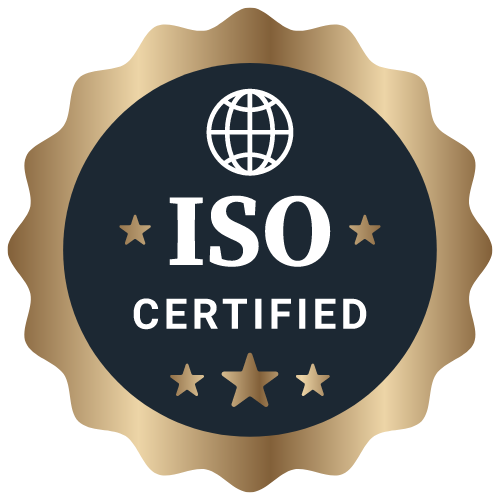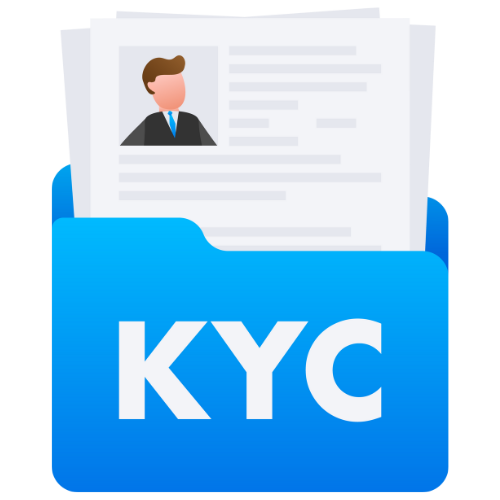Differences Between OPC and Limited Liability Partnership (LLP)
This article discusses the key differences between an OPC (One Person Company) and Limited Liability Partnership (LLP) structure, including ownership, management, liability, taxation, and more. Understand the pros and cons of each business entity to make an informed decision for your company.
Differences Between OPC and Limited Liability Partnership (LLP)
When you decide to start a new business, one of the key decisions you need to make is choosing the right business structure. Two popular options for small and medium-sized businesses are the One Person Company (OPC) and Limited Liability Partnership (LLP). Both structures have their own set of advantages and disadvantages, and it's important to understand the differences between them in order to make an informed decision for your company.
Ownership Structure
OPC: As the name suggests, an OPC is owned and managed by a single individual. This structure is ideal for entrepreneurs who want to have complete control over their business without the need for any partners.
LLP: An LLP, on the other hand, requires a minimum of two partners to form the company. These partners can either be individuals or corporations, and they share the profits and losses of the business according to the terms of the LLP agreement.
Management Differences
OPC: In an OPC, the sole owner is responsible for managing the day-to-day operations of the company. They have full authority to make decisions without any interference from other partners.
LLP: In an LLP, the partners share the management responsibilities according to the LLP agreement. The partners can choose to appoint a designated partner who will be responsible for the compliance requirements of the LLP.
Liability Protection
OPC: In an OPC, the sole owner has limited liability. This means that their personal assets are protected in case the business incurs any debts or liabilities. The liability of the owner is limited to the extent of their investment in the company.
LLP: In an LLP, the partners also enjoy limited liability protection. This means that the personal assets of the partners are protected from the debts and liabilities of the business. However, each partner is liable for their own actions and not for the actions of the other partners.
Taxation Implications
OPC: An OPC is treated as a separate legal entity for tax purposes. The company is required to pay taxes on its profits at the corporate tax rate. The owner of the OPC is also required to pay taxes on any salary or dividends they receive from the company.
LLP: An LLP is a tax-transparent entity, which means that the profits of the business are not taxed at the corporate level. Instead, the partners are taxed individually on their share of the profits. This can lead to potential tax savings for the partners compared to a traditional corporation.
Company Structure Analysis
When comparing OPC vs LLP, it's important to consider the specific needs and goals of your business. Here are some key points to keep in mind:
- Size of the Business: An OPC is ideal for small businesses with a single owner who wants full control over the operations. An LLP is more suitable for businesses with multiple partners who want to share the management responsibilities.
- Liability Protection: Both OPC and LLP provide limited liability protection to their owners. However, the extent of liability protection may vary depending on the specific circumstances of the business.
- Taxation: The taxation implications of an OPC and LLP are different, so it's important to consult with a tax advisor to understand the potential tax benefits and obligations of each structure.
- Compliance Requirements: Both OPC and LLP have specific compliance requirements that need to be met on a regular basis. It's important to ensure that you can fulfill these requirements to avoid any legal issues.
Pros and Cons of OPC and LLP
Here are some of the pros and cons of choosing an OPC or LLP for your business:
OPC:- Pros: Complete control over the business, limited liability protection for the owner, separate legal entity for tax purposes.
- Cons: Limited to a single owner, higher tax rate for corporate profits, potential difficulty in raising funds.
- Pros: Shared management responsibilities, limited liability protection for all partners, tax savings through pass-through taxation.
- Cons: Requires a minimum of two partners, potential conflicts between partners, complex compliance requirements.
Business Entity Decision-Making
Ultimately, the decision between an OPC and LLP will depend on the specific needs and goals of your business. It's important to carefully evaluate the advantages and disadvantages of each structure and consider factors such as ownership, management, liability protection, taxation, and compliance requirements.
If you're unsure about which business entity is right for your company, it's recommended to consult with a legal or financial advisor who can provide personalized guidance based on your individual circumstances.
Remember, the choice of business structure is an important decision that can have long-term implications for your company, so it's essential to make an informed choice that aligns with your business objectives.
Latest Updates
ca4filings.com Services




























-registration.png)



